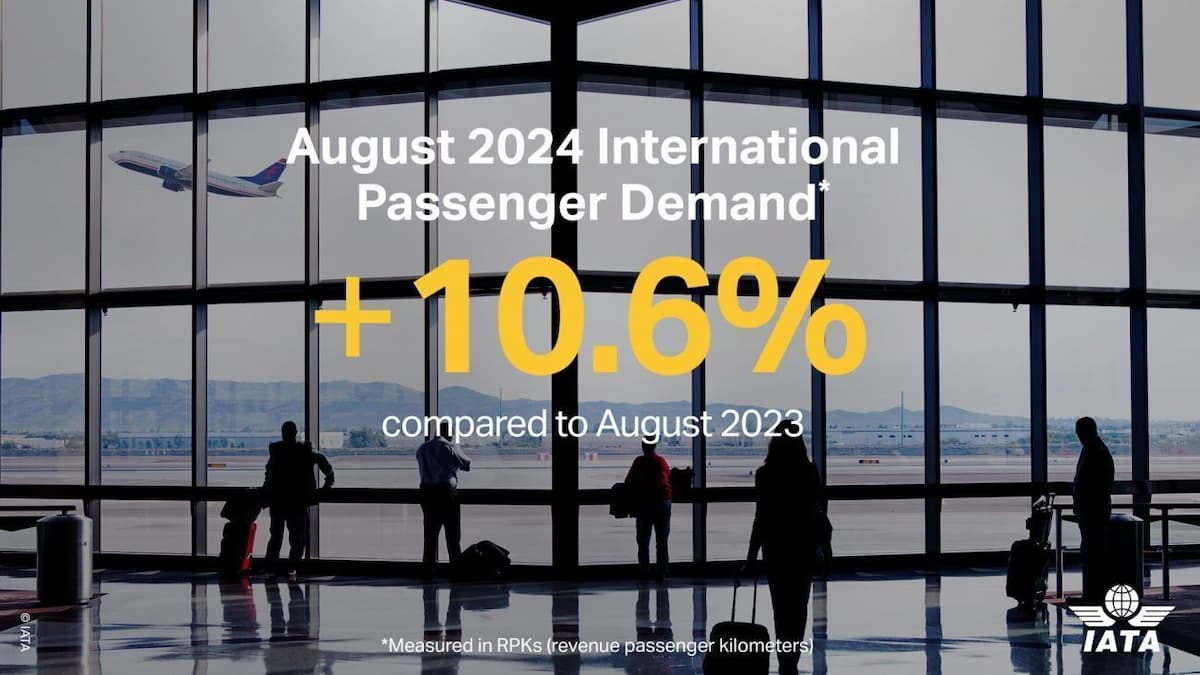Airports could be fast approaching infrastructure capacity crunch that would restrict connectivity and choice for passengers and businesses, International Air Transport Association (IATA) has warned.
IATA latest data indicates a growing demand in air travel business putting pressure on the existing aviation infrastructure.
International passenger traffic in August grew by 10.6 per cent, adding 0.6 per centage points to July’s.
During the month under review, the volume of passengers carried in the African region grew to 10.1 per cent from 8.1 per cent in July.
“Despite the current global political uncertainty, the strong demand for international travel in August points to a promising outlook,” notes International Air Transport Association in August 2024 data.
“As of August 2024, international air travel demand’s monthly volumes have marked historic highs, or inched closer to them, for all regions including for the whole industry, expect for Asia Pacific, which is 8 percentage points from full recovery.

According to IATA, all regions’ international markets achieved rates above 4.3 per cent, with North America and the Middle East slightly decelerating compared to July, in line with their typical seasonal patterns. Airlines from the Asia Pacific region continued to lead, achieving the highest growth at 19.9 per cent YoY, followed by Latin America and Africa, at 13.6 per cent and 10.1 per cent, respectively.
All regions showed growth for international passenger markets in August 2024 compared to August 2023. Ticket sales in May-July for travel in August-September showed a 6.6 per cent year-on-year increase, which bodes well for further strong growth this year.
“The market for air travel is hot and airlines are doing a great job at meeting the growing demand for travel. Efficiency gains have driven load factors to record highs while the 6.5 per cent capacity increase demonstrates resilience in the face of persistent supply chain issues and infrastructure deficiencies,” said Willie Walsh, IATA’s Director General.
“Looking ahead, the continued strong demand growth signals that we could be fast approaching an infrastructure capacity crunch that would restrict connectivity and choice for passengers and businesses. If governments want to maximize the benefits of aviation, they must take bold decisions to ensure sufficient infrastructure capacity. And, in the interim, both airports and air navigation service providers need to do more with the resources they currently have. In particular, the variance in declared capacity of airports with broadly the same infrastructure needs to be resolved, with airports emulating the best performers. The industry cannot afford to under-utilize the airport infrastructure that we have,” said Walsh.
Source: Kenyan Wallstreet






